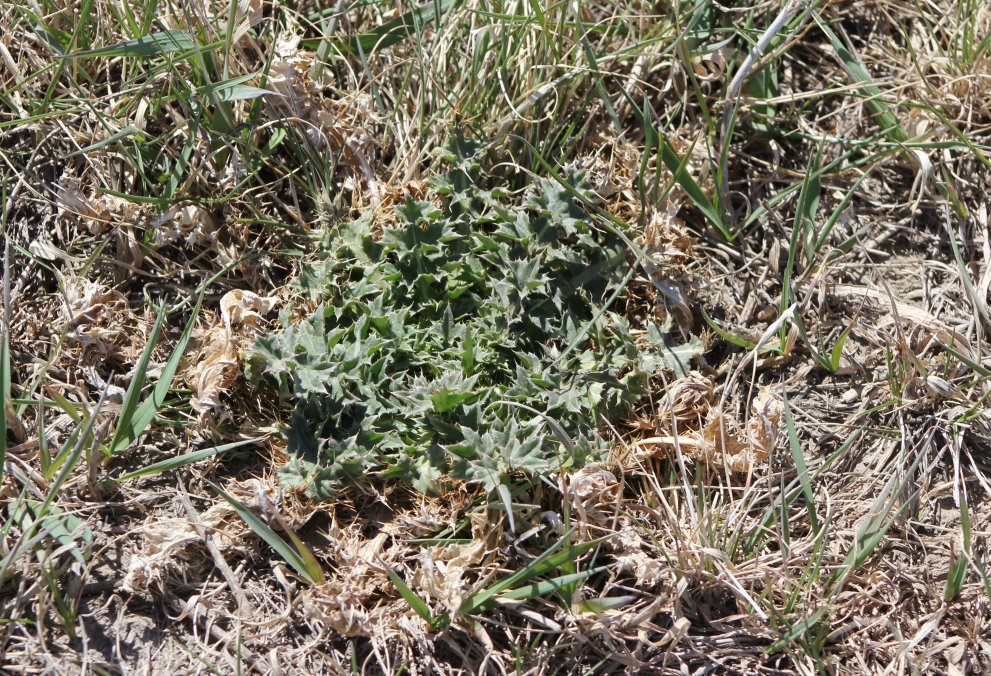
By Jay Jenkins, Nebraska Extension Educator
Keen observation is the foundation of a weed management program that works. Finding invaders early is important. Smaller infestations are cheaper to control. Eradication may be possible when caught early.
The recent widespread and prolonged droughts have weakened grass stands. Open space was created, making light, water, and nutrients available for invading weeds. Most of the weeds filling those spaces are annual weeds common in your area. Those annuals will usually be crowded out as the pastures recover with proper grazing management. Some aggressive weeds, however, will continue to spread once they become established, even in healthy pastures.
KNOW YOUR ENEMY
Talk to the people at your local Extension Office, Natural Resources Conservation Service Office, or Weed Office. Find out what new invaders they have seen recently. Learn what weeds are proving to be the most troublesome in your area.
Get a weed identification book with good pictures, such as Weeds of the West, or Weeds of the Great Plains. Websites like invasive.org are another good information source.
Familiarize yourself with the declared noxious weeds for your area. If you brought in feed from outside your area, learn the problem weeds there too.
WATCH FOR WEEDS
Keep a sharp eye out for invading weeds. Check areas where you fed hay that you brought in during the drought. Many weed infestations have been traced to hay. Also pay particular attention to roadsides and ditches where weed seeds could have come in the water, or on vehicles or equipment.
RESPOND QUICKLY
Once you spot an invader, take action. Immediately pull all you can find. Put in a flag to mark the spot for further follow up.
INTEGRATED WEED MANAGEMENT
Sharp eyes and good intentions have never killed a weed. You must take action. Relying on a single action, or method of control does not often work. A good weed management program requires a multipronged approach.
Prevention:
Effective weed management starts, of course, with prevention. Buy feed and seed that is free from weed seed. Clean equipment that may be carrying weed seeds or soil.
A healthy grass stand in your pasture also helps prevent weeds from becoming established. Quick recognition and elimination prevents new weeds from becoming established.
Biological control:
When available, biological control can be a valuable weapon in your war on weeds. Biological control is simply managing other organisms against weeds. These can be animals, insects, and diseases. Biological control alone is not very useful for eradicating new invaders. It rarely results in complete control. It is most useful in helping to keep established weed infestations in check.
Cultural control:
Competition from vigorous, healthy desirable plants is important. Weed seedlings have difficulty surviving in a thick healthy stand of grass. Grazing management is the primary tool for managing the health and grass canopy in pasturelands.
Mechanical control:
Mowing can effectively control some weeds. Timing is critical. Mowing at the right time can prevent seed production. Mowing too early allows the to plant regrow and set seed anyway. If you mow too late, the seeds may still mature. Mowing can be a great way to set weeds up for better kill with chemicals later in the fall.
Hand pulling and hoeing can also be useful. Hand pulling is especially good for controlling new invaders. Sometimes nothing beats pulling the weed and putting it in a black plastic bag.
Chemical control:
The right herbicide, in the right amount, at the right time can very effectively control many weeds. However, people who rely only on chemical control often don’t get the control they need. Chemicals, combined with improved grazing management and quick follow up, is a much better recipe for success.
FOLLOW UP
No single control method is the answer for every situation. All control options have limitations. The best results come from a combination of control measures.
Whatever method of control you choose, follow-up is critical. Areas where you found weed infestations need to be monitored for several years.
Once again, a keen eye and quick action are the keys to winning the weed war in your pastures.